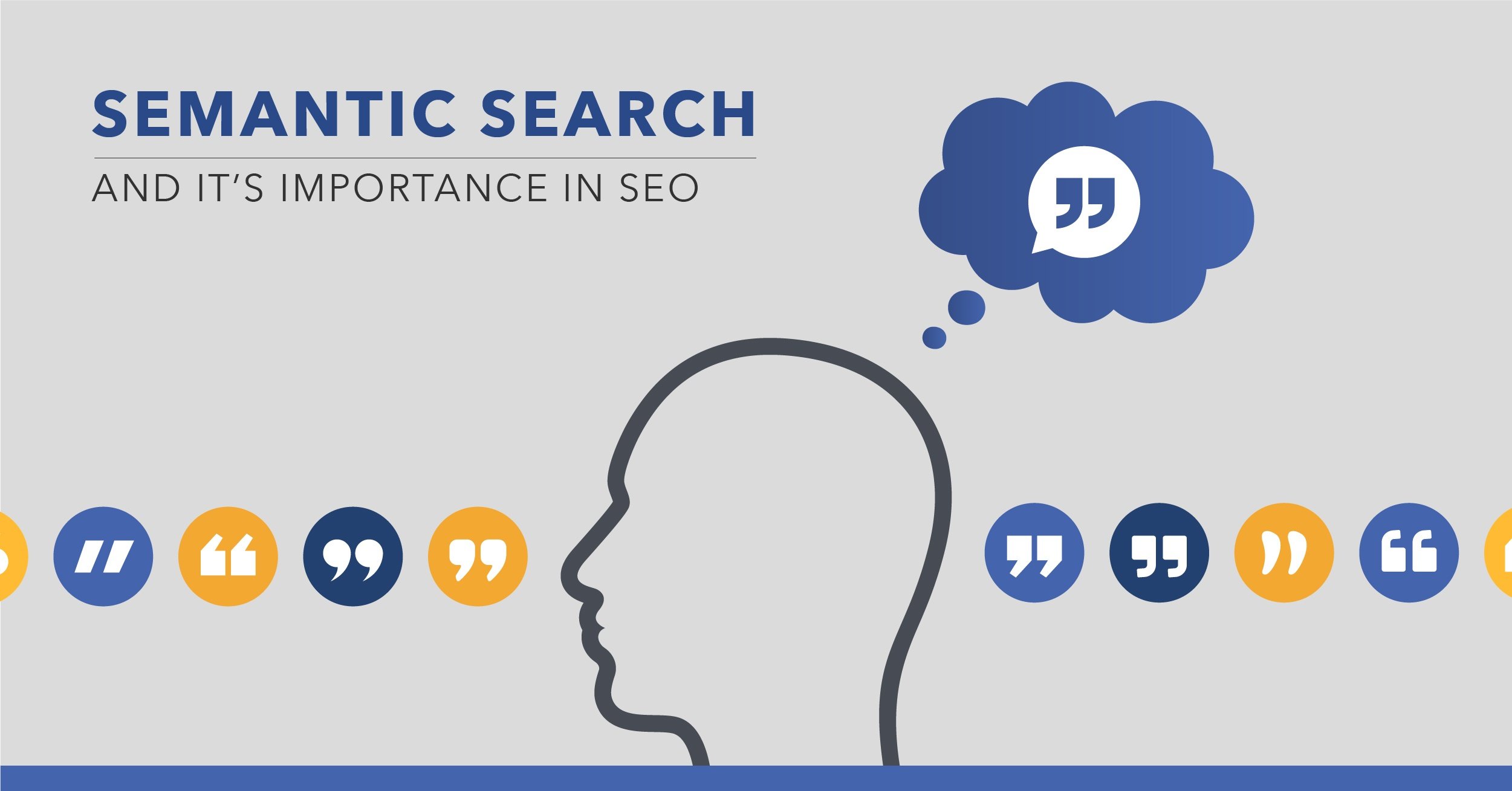 Search engines rely heavily on automated software to discover content on the internet. These automated software agents have many different names: spiders, crawlers, and bots.
Search engines rely heavily on automated software to discover content on the internet. These automated software agents have many different names: spiders, crawlers, and bots.
A search engine bot discovers and scans websites by following links through webpages. Googlebot has the highest visibility, covering roughly 65 to 70 percent of the market share, but other search engines have crawlers of their own too, like Bing's Bingbot.
A quick overview on bots: Internet bots exist to help search engines learn about websites, navigate those websites, and get information about the content hosted on those websites. The collected data accumulates in an index, which helps deliver better search results to those who use Google search.
Other good bots include commercial crawlers, feed fetchers, and monitoring bots. Commercial crawlers identify the prices of various goods and services, feed fetchers retrieve data for Facebook and Twitter feeds/apps, and monitor bots assess web performance through different parts of the world and devices.
You can detect bots and derive insights from their activity with log file analysis.
Reasons to Monitor Search Engine Bots
1. Identify Pages Bots Cannot Access
When accessing a website’s bot data, users may find that certain pages are generating a lot of bot traffic – while others are ignored. Monitoring bot activity will help spot those ignored webpages. The issue may lie with broken links, a lack of follow links, server issues, sitemap errors, site architecture issues, or outdated flash content.
Crawl budget is not an issue for most websites, as Googlebot is programmed to crawl in a productive way. But bigger sites, or sites that auto-generate pages through URL parameters, may find issues with how Googlebot is crawling their site.
Ideally, webmasters want Googlebot to crawl all of their webpages. Sometimes, however, it is not necessary for a bot to have access to all of your webpages. Pages that house personal information, like a log-in page for example, are not necessary to crawl. To tell a search engine bot which pages to crawl and which pages to steer clear of, use robots.txt files. A bot will view the robots.txt file prior to its crawl of your site, and will follow directions appropriately.
It is also beneficial when the webpages that drive SEO traffic and generate ad revenue are a crawl priority. One way that site owners can ensure optimal crawling is by improving the load speed for all pages. When a website loads quicker, the crawl rate increases.
2. Large “Bad Bot” Traffic Impacts Site Performance
Not all bots perform positive functions online. Bad bots, the pesky spam bots like click bots, download bots, and imposter bots, can negatively impact your site’s performance, skew analytics, and expose your site to vulnerabilities. If certain pages on a website are being slammed by bots during specific hours, the end user experience is degraded significantly.
Click bots fraudulently click on ads and deliver bad data to advertisers, download bots fraudulently game download count data, and imposter bots are disguised as good bots, so they can escape online security measures. By analyzing bot traffic, site owners can identify these bad bots and instruct their IT teams to take the necessary precautions against them.
3. Site Slow-Down Can Impact Business Revenue
When a website loads slower than usual, potential customers may bounce back to the SERP to look elsewhere for the information, product, or service they desire. Whether the website is an informational blog, ecommerce store, or a site for a physical store, slow-down directly impacts business revenue.
4. Find Internal Link Opportunities
A well-organized site is always going to perform better where search engine optimization is concerned. Site owners need their most important content easily accessible from their home page. The most useful and important site pages should be no more than two clicks away from the end user or bots. Analyzing bot activity will help site owners identify important pages that need better internal links – these updates will help the overall site structure.
Recommended Reading: Technical SEO: How Analyzing Server-File Log Helps Improve Search Performance
Conclusion
Monitoring search engine bot activity helps prevent site issues and provides insights that let you know search engines are accessing the right priority pages – which are all reasons that make monitoring bot activity important.




